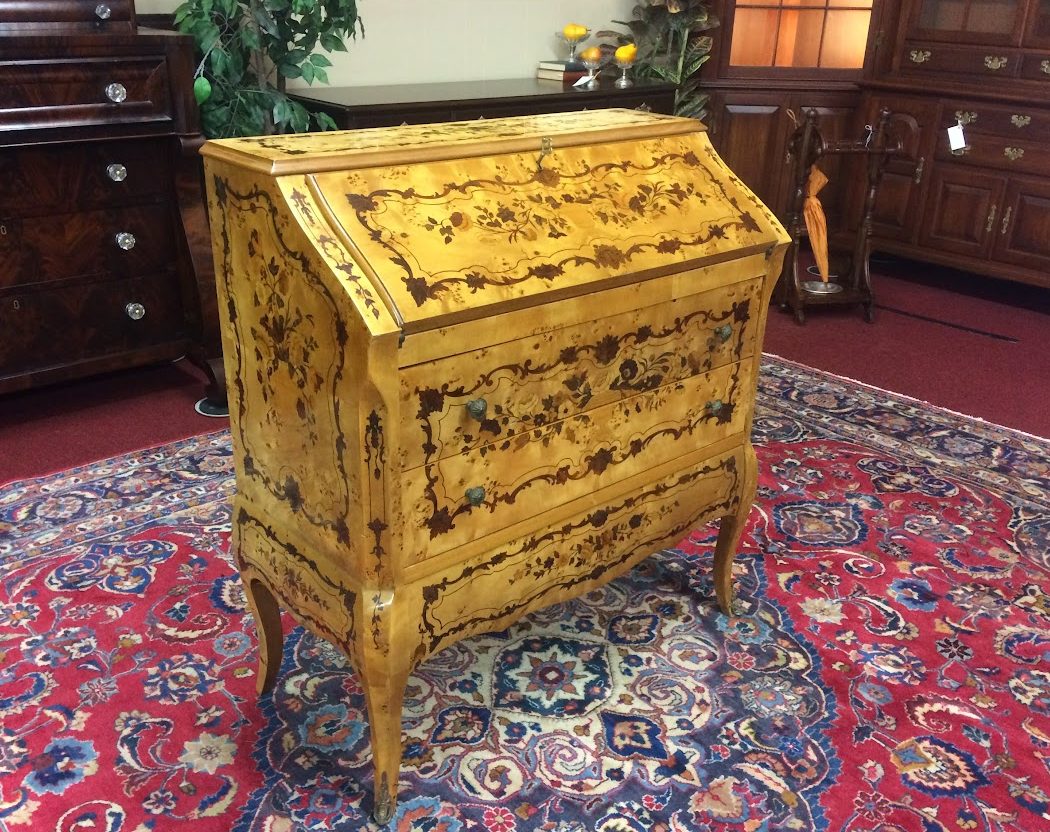
Antique furniture holds a timeless charm that adds character and beauty to any space. Whether you’re a seasoned collector or a novice looking to introduce vintage pieces into your home, shopping for affordable antique furniture can be an exciting adventure. But where do you start? With the right knowledge and approach, you can discover valuable old furniture pieces without breaking the bank.
In this comprehensive guide, we’ll walk you through essential tips and tricks to make your antique shopping experience successful. From understanding different antique furniture styles to uncovering the best places to find unique treasures, this article will equip you with the knowledge needed to create a stunning antique decorating scheme on a budget.
1. Educate Yourself on Antique Furniture Styles
Before embarking on your antique furniture shopping journey, it’s crucial to familiarize yourself with various antique furniture styles. This knowledge will not only aid you in identifying valuable pieces but also ensure that you select items that align with your personal taste. Here are a few popular antique furniture styles to get you started:
a) Georgian: Reflecting the elegance of the Georgian era (1714-1837), Georgian furniture is characterized by its neoclassical influence, straight lines, and symmetrical designs.
b) Victorian: From ornate carvings to richly upholstered pieces, Victorian furniture represents the opulence and grandeur of the Victorian era (1837-1901).
c) Art Deco: Emerging in the 1920s and 1930s, Art Deco furniture exhibits sleek lines, geometric patterns, and a bold use of materials such as chrome and Bakelite.
d) Mid-Century Modern: Known for its minimalist yet functional design, mid-century modern furniture became popular during the post-World War II period. Look for clean lines, organic shapes, and furniture made of teak or walnut.
2. Research the Best Antique Stores and Shops
One of the key aspects of finding affordable antique furniture is knowing where to look. While searching online platforms like eBay or Craigslist can yield results, exploring physical antique stores and shops often provides a more immersive experience. Here are some tips on finding the best places to shop for vintage finds:
a) Local antique stores: Visit local antique stores in your area to explore their unique selection of furniture pieces. These stores often house hidden gems that you may not find elsewhere.
b) Flea markets: Attend flea markets and vintage fairs in your community or neighboring towns. These events bring together a diverse range of vendors, offering you plenty of options to choose from.
c) Estate sales: Keep an eye out for estate sales in your area. These sales often feature a variety of furniture, including antique pieces, at reasonable prices.
d) Online marketplaces: While physical stores provide an immersive experience, online marketplaces such as Etsy and Chairish allow you to browse through a wide range of antique furniture from the comfort of your own home.
3. Develop a Keen Eye for Quality and Value
When shopping for antique furniture on a budget, having a discerning eye for quality and value is essential. Here are some things to consider:
a) Inspect wood quality: Look for solid wood construction rather than veneer or particleboard. Check for signs of wear and tear that may indicate age but avoid severely damaged pieces unless you have the skills or resources to restore them.
b) Examine joints and construction: Sturdy construction techniques like dovetail joints, mortise and tenon, or pegged construction are indicative of quality craftsmanship.
c) Assess the condition: Understand that antique furniture will often show signs of age. However, be cautious of structural damage or extensive repairs that can affect the value and functionality of the piece.
d) Consider the rarity and historical significance: Unique or rare antique furniture pieces may have higher value. Research the history and background of the items you are interested in to better understand their significance.
4. Negotiate for a Better Price
Don’t be afraid to negotiate when purchasing antique furniture. Many sellers are willing to negotiate, especially if an item has been in their inventory for a while. Here are some negotiation tips:
a) Do your research: Understand the average price range for similar pieces to establish a fair and reasonable offer.
b) Show genuine interest: Express your appreciation for the piece and its history to build rapport with the seller.
c) Bundle purchases: If possible, consider purchasing multiple items from the same seller. This approach may increase your chances of receiving a better deal.
d) Be respectful: Negotiate in a polite and respectful manner, demonstrating your understanding of the seller’s perspective.
Conclusion
Shopping for affordable antique furniture can be a rewarding experience if approached with knowledge and creativity. By educating yourself on different antique furniture styles, researching the best places to shop, developing an eye for quality, and negotiating effectively, you’ll be well-equipped to find valuable vintage pieces that suit your taste and budget.
Remember to explore local antique stores, flea markets, estate sales, and online marketplaces like Etsy and Chairish. These resources will open doors to unique finds that can elevate your space and breathe new life into your home’s decor.
Happy hunting for the best affordable antique furniture out there!
